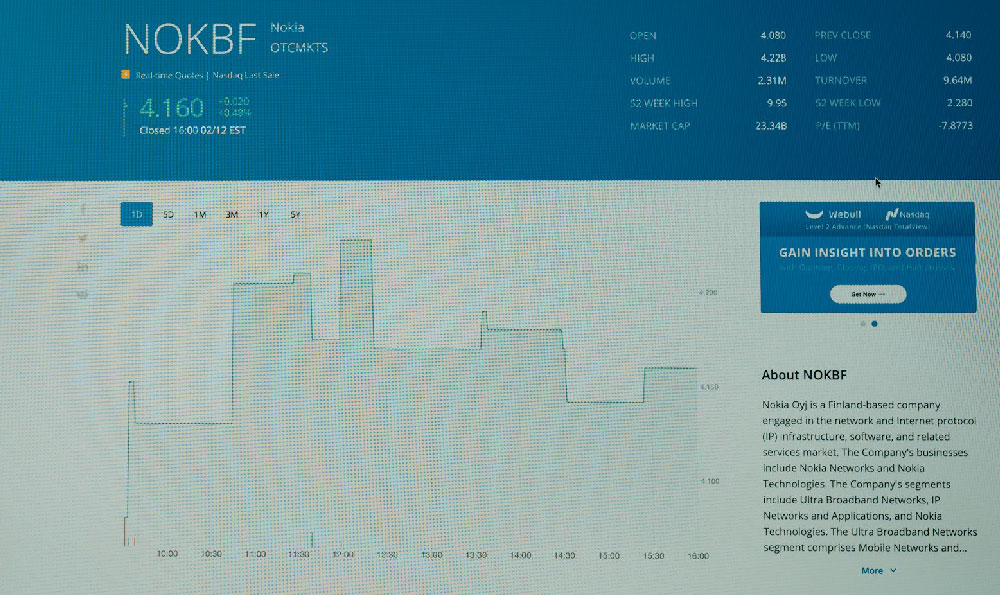How do influencers earn revenue, and what are their income streams?

Influencer marketing has exploded in recent years, transforming social media platforms from mere connection hubs into bustling marketplaces. At the heart of this phenomenon are influencers, individuals who have cultivated a significant and engaged following, allowing them to wield considerable sway over consumer behavior. But how exactly do these online personalities translate their influence into tangible revenue? The answer lies in a diverse and evolving array of income streams, each leveraging their unique brand and audience in different ways.
Perhaps the most recognized and straightforward revenue source for influencers is sponsored content. Brands seeking to reach specific demographics often partner with influencers whose audience aligns with their target market. These collaborations manifest in various forms, from dedicated social media posts promoting a product or service, to integrated endorsements within longer-form content such as YouTube videos or blog articles. The influencer receives a fee in exchange for this promotion, with the cost typically determined by factors such as follower count, engagement rate, niche relevance, and the scope of the campaign. A micro-influencer with a highly engaged niche audience might command a higher fee than a macro-influencer with a larger but less targeted following. Effective sponsored content seamlessly blends the brand's message with the influencer's authentic voice, avoiding the perception of overt advertising that can alienate their audience. Full transparency regarding sponsored content is also crucial, often achieved through the use of hashtags like #ad or #sponsored, ensuring compliance with advertising regulations and maintaining trust with followers.
Affiliate marketing represents another prevalent income stream. In this model, influencers promote products or services using unique affiliate links. When followers purchase through these links, the influencer earns a commission, typically a percentage of the sale. This approach offers a more performance-based incentive, aligning the influencer's financial success with the success of the brand's sales. Affiliate marketing allows influencers to promote products they genuinely believe in, fostering authenticity and trust with their audience. It also provides a data-driven method for tracking the effectiveness of their promotional efforts, enabling them to optimize their content and strategy for maximum conversions. Platforms like Amazon Associates are popular starting points for many influencers venturing into affiliate marketing.

Beyond sponsored content and affiliate marketing, many influencers leverage their personal brand to create and sell their own products. This can range from physical merchandise such as t-shirts and phone cases featuring their logo or catchphrases, to digital products like ebooks, online courses, and presets for photo editing. Creating and selling their own products allows influencers to exert complete control over the brand and quality, fostering a stronger connection with their audience and generating higher profit margins compared to sponsored content or affiliate marketing. It also strengthens their overall brand identity and establishes them as entrepreneurs in their own right. However, this approach requires significant investment in product development, manufacturing (if applicable), marketing, and customer service.
Another increasingly popular revenue stream is subscription-based platforms like Patreon or OnlyFans. These platforms enable influencers to offer exclusive content and experiences to their most dedicated fans in exchange for a recurring monthly fee. This can include behind-the-scenes content, early access to videos, personalized Q&A sessions, or even one-on-one interactions. Subscription models provide a more predictable and stable income stream compared to sponsorships or affiliate marketing, as it relies on the consistent support of a loyal fan base. It also fosters a deeper connection between influencers and their most ardent supporters, creating a strong sense of community and exclusivity. However, maintaining a consistent flow of high-quality, exclusive content is crucial for retaining subscribers and preventing churn.
Furthermore, influencers can generate revenue through live streaming platforms like Twitch or YouTube Live. They can earn money through donations from viewers, subscriptions to their channels, and advertising revenue generated from pre-roll or mid-roll ads during their streams. Live streaming allows influencers to engage with their audience in real-time, building a stronger sense of community and fostering immediate feedback. This interactive format can also lead to spontaneous collaborations and viral moments, further expanding their reach and influence. Success in live streaming requires charisma, strong communication skills, and the ability to consistently deliver engaging content that keeps viewers entertained and coming back for more.
Finally, many influencers diversify their income streams by offering services related to their area of expertise. A fitness influencer might offer personalized workout plans or nutrition coaching, while a travel influencer could curate customized travel itineraries or lead group tours. This approach allows influencers to leverage their existing skills and knowledge to provide valuable services to their audience, further solidifying their position as experts in their respective niches. Offering services also allows for direct, one-on-one interactions with clients, fostering stronger relationships and generating higher profit margins compared to purely content-based income streams.
In conclusion, the revenue streams for influencers are diverse and constantly evolving. From traditional sponsored content and affiliate marketing to innovative subscription models and personalized services, influencers are continually finding new ways to monetize their influence and connect with their audience. The key to success lies in building a strong and engaged following, maintaining authenticity and transparency, and diversifying income streams to mitigate risk and ensure long-term sustainability. By understanding the various revenue models available and tailoring their strategy to their unique brand and audience, influencers can transform their passion into a thriving and profitable career.















